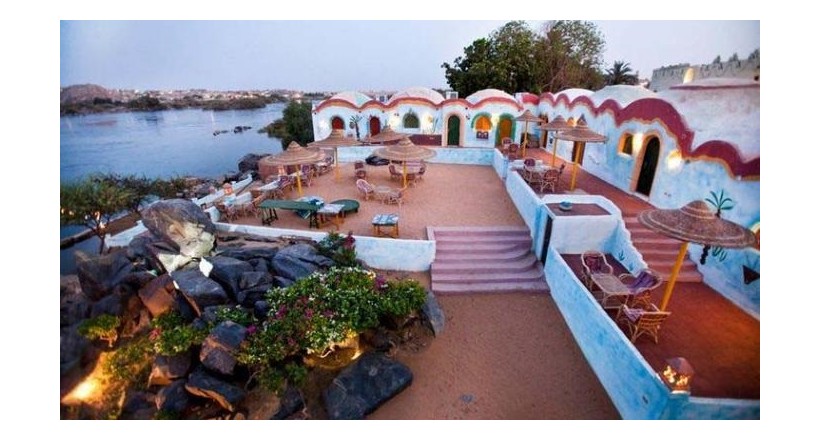Nubia is the historical region extending along the Nile River from the first cataract south of Aswan in the north to the south of the confluence of the Blue and White Niles in the south. Nubia was the seat of one of the oldest civilizations in ancient Africa, the Kerma civilization, which lasted from about 2500 BC until its conquest by the New Kingdom of Egypt under the rule of Thutmose I around 1500 BC. Until the dissolution of the kingdom around 1070 BC. Nubia was home to many ancient empires, including the Kingdom of Kush, which invaded Egypt in 727 BC. During the reign of Ankhi, the country was ruled as the Twenty-fifth Dynasty until about 656 BC.
An old map showing the borders of Nubia
The Ethiopians invaded Meroe at the hands of King Ezana, the ruler of the Kingdom of Aksum, which precipitated the fall of the Kingdom of Kush after it had lived for more than a thousand years. After that, Nubia witnessed the rise of three Christian kingdoms, Nobatia, Makuria and Alwa. After the fall of the three Nubian kingdoms, Nubia was divided into the northern half, which was conquered by the Ottomans, and the southern half of the Sultanate of Sennar in the sixteenth century. Nubia was united again by Muhammad Ali Pasha with the Eyalet of Egypt in the nineteenth century. Today, the region of modern Nubia is divided between Egypt and Sudan. The archaeological science that studies ancient Nubia is called Nubia.




